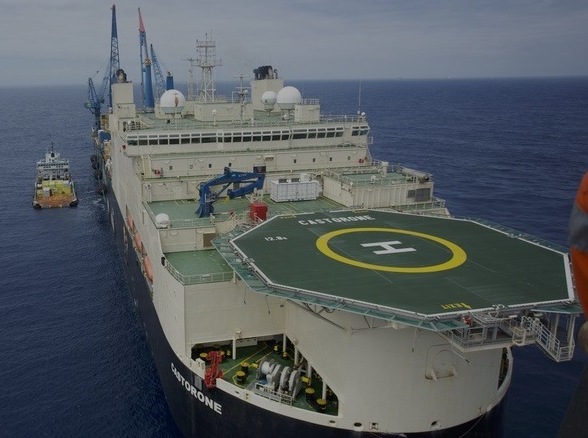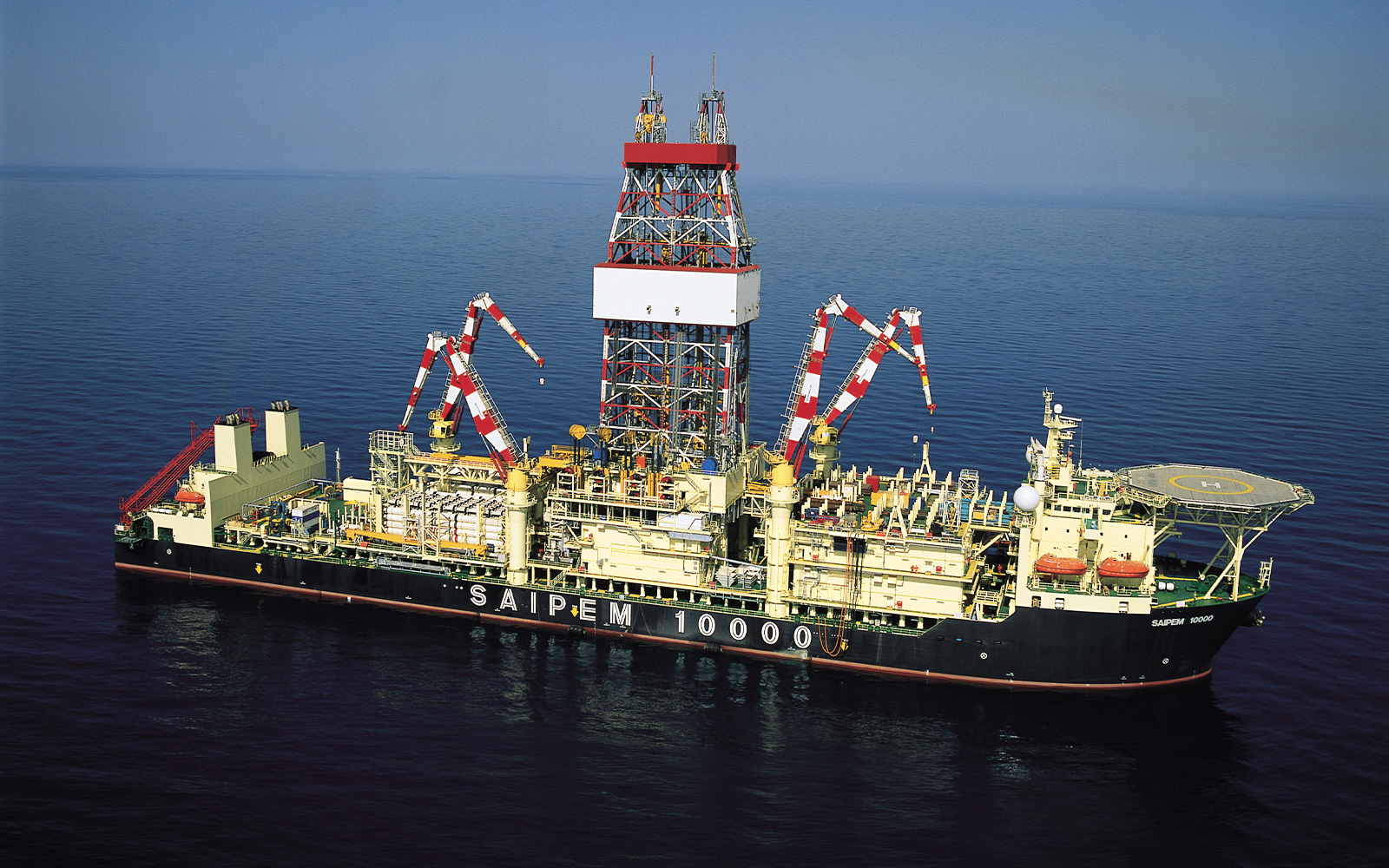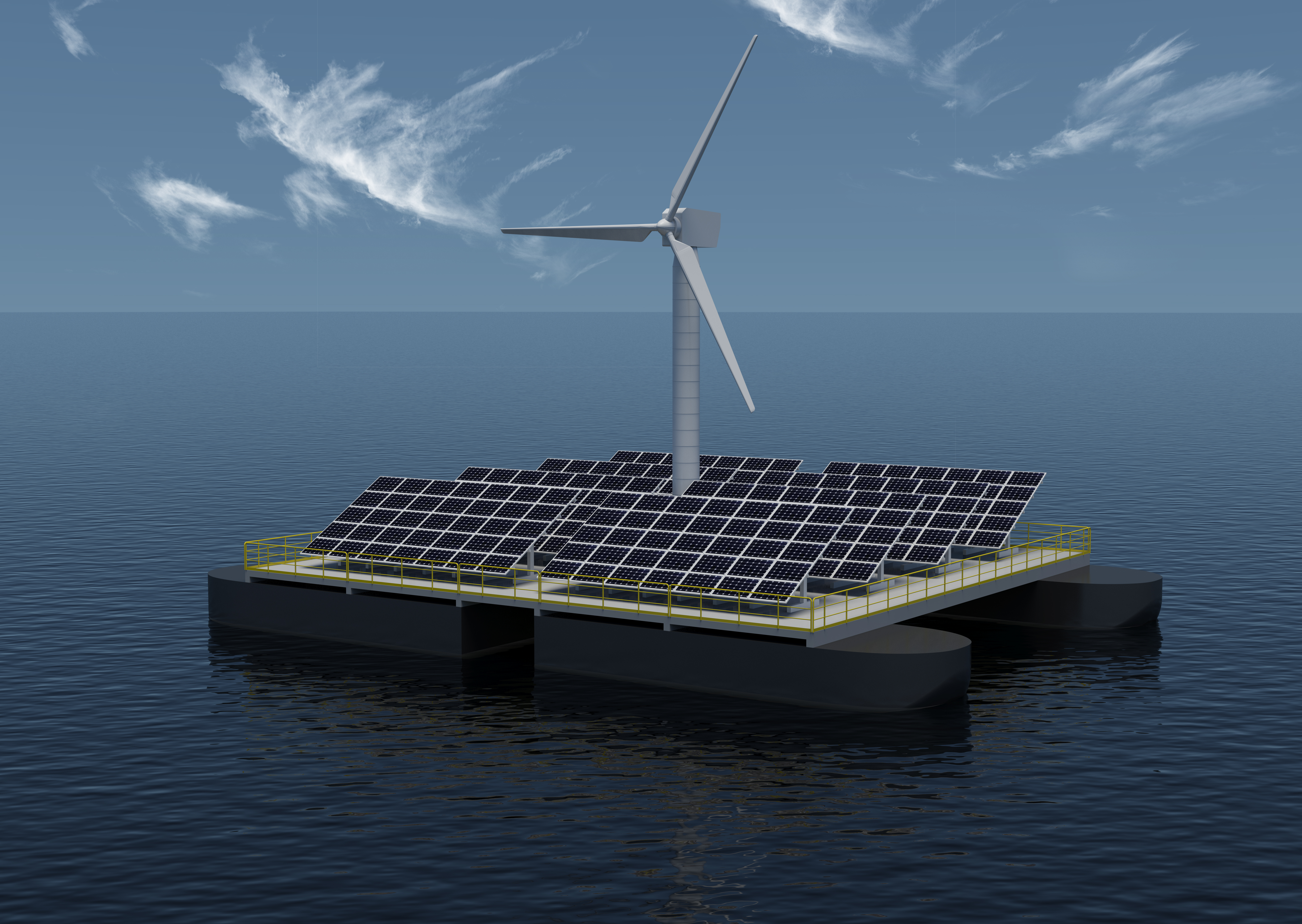Unmanned operations in deep water using advanced, deep sea robotics that automatically carry out complex tasks, is the technological challenge we have taken on with our resident, robotic solution called Hydrone.
Hydrones are subsea drones designed, created and developed by Sonsub, Saipem's subsea technology and equipment development centre, based in Marghera and Trieste, Italy. They are the technological answer to seabed operations in various business sectors:
- to inspect, operate and service equipment and components in the offshore energy sector for both traditional and renewable energy generation installations;
- to monitor infrastructures, e.g. tunnels to cross fjords and bridges to connect opposite coastlines;
- to support, inspect and intervene on fish farms;
- to identify, study and monitor fish species;
- to digitally reconstruct the seabed morphology;
- to monitor water quality;
- for deep water emergency and first aid interventions
The Hydrones are the latest frontier in the field of subsea robotics.
They can dive to a depth of up to 3,000 metres without any cable connections to the surface, they can travel up to 100 km from their point of immersion between one battery recharge and the next and can be used continually for stationary work on the seabed for up to twelve months.
All three types are configured in accordance with each client's requirements with bespoke accessory instruments and functions. Furthermore, they are designed based on the most advanced criteria of sustainability and offer energy, environmental and safety benefits, as they enable the ship's CO2 emissions to be cleared and the corresponding operational risks to be reduced.
The Hydrones confirm Saipem's commitment to green technologies in practical terms. In future, we will see a crucial increase in the demand for autonomous resident solutions. Our subsea drones, Flatfish and Hydrone, are ready to tackle current and future demands and will take advantage of key factors, such as digital and AI solutions.






